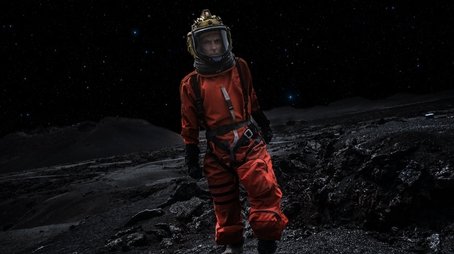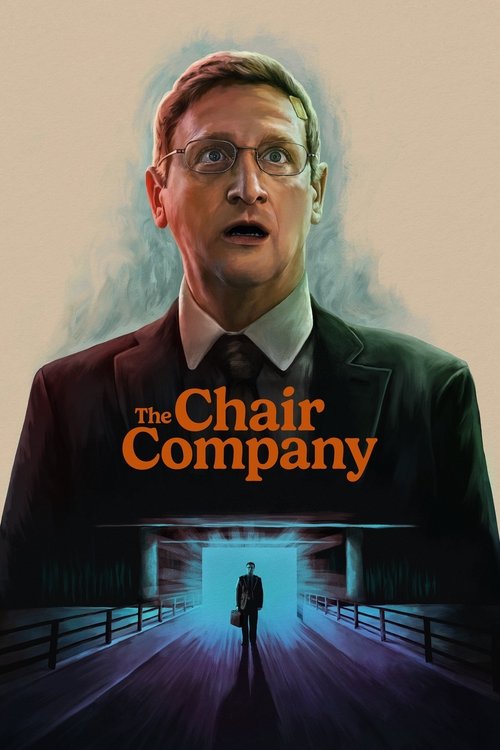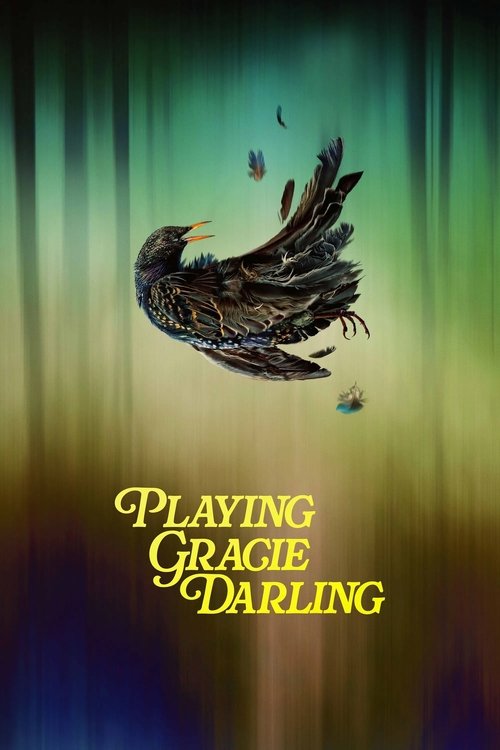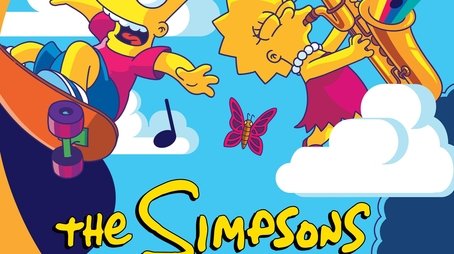
Ask Your Own Question
What is the plot?
The episode begins with the TARDIS materializing on the Moon in the year 2049. The Doctor, played by Peter Capaldi, is accompanied by his companion Clara Oswald, portrayed by Jenna Coleman, and a new character, a young woman named Courtney Woods, who is a student at Clara's school. The Doctor is initially excited about the prospect of exploring the Moon, but he quickly realizes that they are not alone. They discover a lunar base that is inhabited by astronauts who are investigating strange occurrences on the Moon's surface.
As they explore the base, they learn that the astronauts have been experiencing mysterious and dangerous events, including the sudden appearance of large spider-like creatures. The crew is on high alert, and tensions rise as they try to understand what is happening. The Doctor, Clara, and Courtney are soon confronted by the astronauts, who are skeptical of the Doctor's intentions. The Doctor attempts to gain their trust, but the situation becomes increasingly dire as the creatures begin to attack.
The astronauts reveal that they have been monitoring a large egg-like structure on the Moon, which they believe is the source of the disturbances. The Doctor, intrigued, leads the group to investigate the egg. As they approach it, they discover that it is pulsating and seems to be alive. The Doctor theorizes that the egg is connected to the Moon's lifecycle and that it may be a form of alien life. Clara, however, is more concerned about the immediate danger posed by the creatures and the astronauts' safety.
As the group debates what to do next, the situation escalates when one of the astronauts is killed by the creatures. The remaining crew members panic, and the Doctor realizes that they must act quickly to prevent further loss of life. He decides to take a more aggressive approach and confronts the creatures directly. The Doctor uses his sonic screwdriver to create a distraction, allowing the group to escape back to the lunar base.
Once inside the base, the Doctor and Clara have a heated argument about the best course of action. Clara is frustrated with the Doctor's detachment and his willingness to sacrifice lives for the sake of knowledge. The Doctor insists that they must understand the situation before making any decisions. Clara, feeling the weight of the lives at stake, challenges the Doctor's authority and demands that they take immediate action to save the remaining astronauts.
The group learns that the egg is about to hatch, and they must make a critical decision: whether to destroy the egg and potentially kill the creature inside or to let it hatch and face the unknown consequences. Clara, feeling the pressure of the moment, takes charge and decides that they should let the egg hatch. She believes that the creature deserves a chance at life, despite the risks involved.
As the egg hatches, a massive creature emerges, revealing itself to be a large, spider-like being. The creature is initially aggressive, but the Doctor realizes that it is not inherently hostile. He attempts to communicate with it, but the situation becomes chaotic as the astronauts react with fear and aggression. Clara, determined to protect the creature, stands between it and the astronauts, pleading for them to understand that it is not their enemy.
In a climactic moment, the Doctor reveals that the creature is actually the Moon's reproductive system, and its hatching is a natural part of the Moon's lifecycle. He explains that the creature will eventually leave the Moon and that it is essential for the balance of the ecosystem. Clara, now fully invested in the creature's survival, makes a bold decision to trust the Doctor's judgment and allows the creature to escape.
The episode reaches its emotional peak as Clara confronts the Doctor about his choices and the consequences of their actions. She expresses her anger and disappointment, feeling that the Doctor's detachment has led to unnecessary suffering. The Doctor, in turn, reflects on his own decisions and the weight of his responsibilities as a Time Lord.
In the aftermath, the creature successfully leaves the Moon, and the astronauts are left to grapple with the events that have transpired. Clara and the Doctor return to the TARDIS, but their relationship is strained. Clara is left questioning her place alongside the Doctor and the morality of their adventures. The episode concludes with the TARDIS dematerializing, leaving the audience with a sense of unresolved tension between the characters.
What is the ending?
At the end of "Kill the Moon," the Doctor leaves Clara and the moon behind after a tense decision about the fate of a creature inside the moon. Clara chooses to save the creature, which is revealed to be a developing egg, while the Doctor believes it should be destroyed to save humanity. Clara ultimately decides to take responsibility for the choice, and the Doctor departs, leaving her to confront the consequences of her decision.
As the episode concludes, Clara is left feeling betrayed and angry at the Doctor for abandoning her, while the moon's fate is sealed as the creature hatches, revealing its true nature. The episode ends with Clara reflecting on her relationship with the Doctor and the choices they make.
The episode "Kill the Moon" reaches its climax in a series of emotionally charged scenes that unfold with urgency and tension.
The scene begins in the dark, cavernous interior of the moon, where Clara, the Doctor, and the astronaut Lundvik are grappling with the shocking revelation that the moon is not merely a celestial body but a giant egg containing a creature that is about to hatch. The atmosphere is thick with dread as they realize that the creature's birth could have catastrophic consequences for Earth. Clara's face is a mixture of fear and determination; she feels a deep connection to the creature, sensing its innocence.
As the countdown to the creature's hatching begins, the Doctor, portrayed with a mix of confidence and concern, insists that they must destroy the egg to save humanity. He believes that the creature poses an existential threat, and his urgency is palpable. Clara, however, is torn. She empathizes with the creature and feels that it deserves a chance at life. The tension escalates as the Doctor and Clara engage in a heated argument, their differing ideologies clashing violently. Clara's emotional state shifts from fear to anger as she feels the Doctor is abandoning her moral compass.
In a pivotal moment, Clara makes a bold decision. She chooses to save the creature, asserting her belief that life should be preserved. The Doctor, unable to reconcile with her choice, steps back, his expression a mix of disappointment and resignation. He tells Clara that she must make her own decision, and with that, he leaves her and Lundvik to face the consequences alone. The emotional weight of this moment is heavy; Clara feels betrayed, and the Doctor's departure leaves her feeling isolated.
As the creature hatches, the scene shifts to a breathtaking visual of the newly emerged being, a luminescent and majestic creature that soars into the sky. The moon, once a harbinger of doom, transforms into a symbol of new life. Clara watches in awe, her heart racing as she realizes the magnitude of her choice. The creature's flight signifies hope, but it also underscores the gravity of the decision she made.
In the aftermath, Clara is left to grapple with her feelings of anger and betrayal. The Doctor returns to the TARDIS, and Clara confronts him about his abandonment. Their relationship hangs in the balance as Clara expresses her hurt, feeling that the Doctor has let her down when she needed him most. The emotional fallout is palpable; Clara's voice trembles with frustration as she questions the Doctor's values and their partnership.
The episode concludes with Clara standing alone, reflecting on the choices made and the weight of responsibility that now rests on her shoulders. The fate of the moon and the creature is sealed, but the emotional scars of the confrontation with the Doctor linger. Clara's journey through this moral dilemma has changed her, and as she looks up at the night sky, she is left to ponder the complexities of life, choice, and the nature of her relationship with the Doctor.
In summary, Clara chooses to save the creature, the Doctor leaves her behind, and the episode closes with Clara feeling betrayed and reflective, marking a significant turning point in her character arc.
Is there a post-credit scene?
In "Kill the Moon," there is no post-credit scene. The episode concludes with the Doctor, Clara, and the events surrounding the moon's fate resolved, leaving no additional scenes or content after the credits roll. The focus remains on the emotional and moral dilemmas faced by the characters throughout the episode, particularly Clara's struggle with her choices and the Doctor's enigmatic nature. The absence of a post-credit scene emphasizes the weight of the decisions made during the episode, allowing the audience to reflect on the implications of those choices.
What is the significance of the moon in the episode 'Kill the Moon'?
In 'Kill the Moon', the moon is revealed to be an egg containing a creature that is about to hatch. This revelation is central to the plot, as it raises moral questions about the value of life and the choices that must be made regarding the creature's future.
How does Clara react to the Doctor's decision regarding the creature on the moon?
Clara is deeply conflicted and ultimately furious with the Doctor when he suggests that humanity should decide the fate of the creature. She feels betrayed by his detachment and is driven by her emotional connection to the situation, leading her to confront him about his lack of empathy.
What role does the character of Lundvik play in the episode?
Lundvik, an astronaut, is a key character who represents the human perspective on the crisis. She is initially focused on the mission and survival, but as the story unfolds, she becomes part of the moral dilemma surrounding the creature's fate, showcasing the tension between duty and compassion.
What is the Doctor's attitude towards the situation on the moon?
The Doctor exhibits a pragmatic and somewhat detached attitude towards the situation on the moon. He believes in the importance of allowing humanity to make its own choices, but this leads to a significant conflict with Clara, who feels that the Doctor's approach lacks the necessary emotional depth.
How does the episode explore the theme of choice through the character of Clara?
Clara's character is pivotal in exploring the theme of choice. Throughout the episode, she grapples with the weight of the decision to kill the creature or let it live. Her emotional journey reflects her growth as she ultimately takes a stand, asserting her belief in the value of life and the importance of making difficult choices.
Is this family friendly?
"Kill the Moon" from Doctor Who's Series 8 contains several elements that may be considered objectionable or upsetting for children or sensitive viewers. Here are some aspects to consider:
-
Themes of Life and Death: The episode grapples with heavy themes surrounding the value of life and the moral implications of making life-and-death decisions, which may be difficult for younger viewers to process.
-
Tension and Fear: There are intense scenes involving a creature that poses a threat to the characters, creating a sense of danger and suspense that could be frightening.
-
Emotional Conflict: The characters experience significant emotional turmoil, particularly in relation to the choices they must make regarding the fate of the moon and its inhabitants, which may evoke strong feelings of anxiety or sadness.
-
Graphic Imagery: Some scenes may include visual elements that are unsettling, such as the depiction of the creature and the consequences of the characters' decisions.
-
Parental Guidance: The episode features discussions about responsibility and the weight of choices, which may resonate differently with children depending on their maturity level.
Overall, while "Kill the Moon" is a thought-provoking episode, its themes and emotional depth may require parental guidance for younger audiences.











